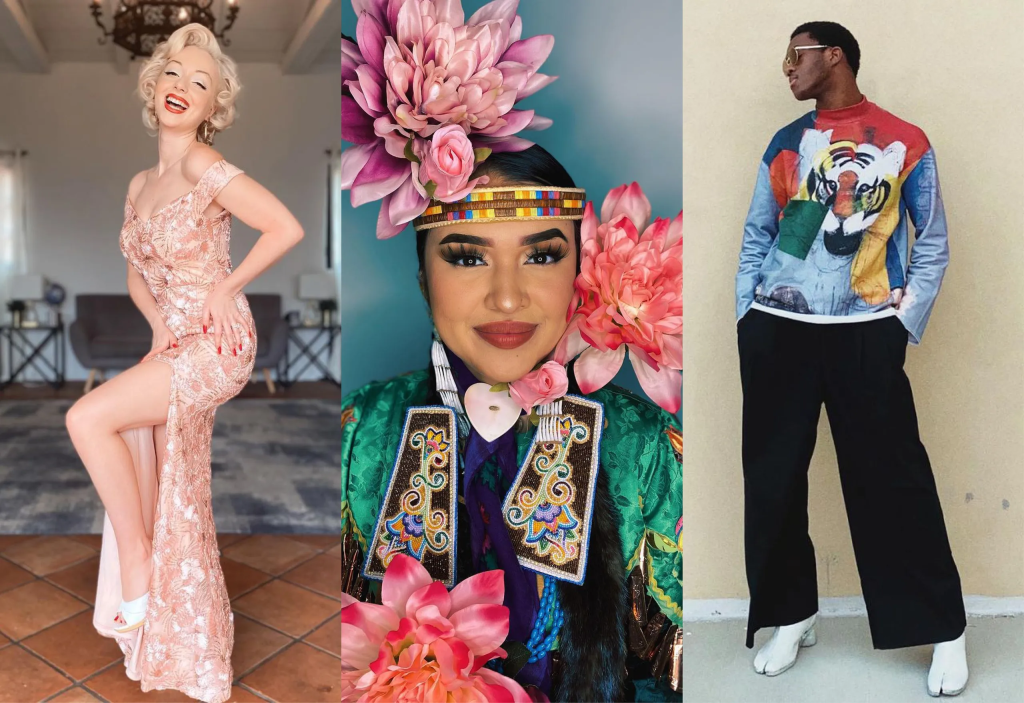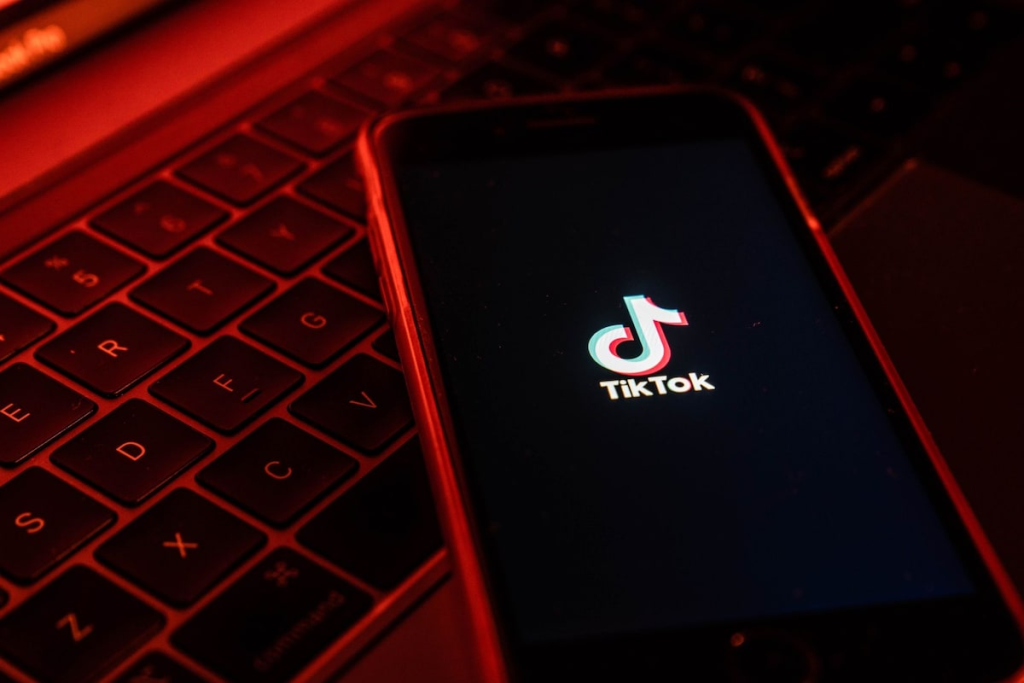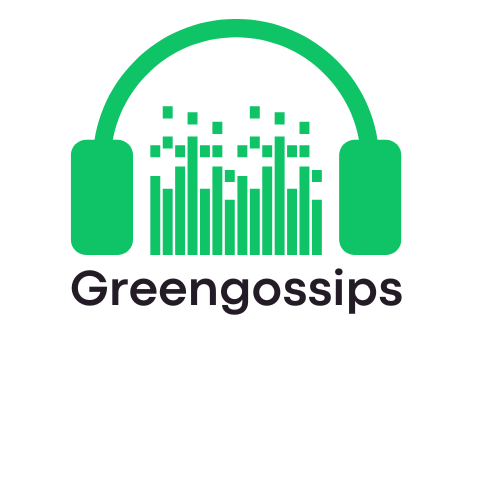TikTok has become a cultural phenomenon, reaching far beyond just a platform for sharing short videos. Since its global rise in 2018, TikTok has set the stage for new trends, reshaped music and fashion, and created a unique space where cultural exchange, creativity, and viral challenges flourish. Here’s a closer look at how TikTok is influencing today’s culture, the trends it’s set in motion, the challenges it poses, and the broader impact it’s having on the way we consume content.

The Rise of TikTok: A Global Influence
TikTok is now one of the most downloaded apps globally, with over a billion active users. Its short, snappy format has captured the attention of younger generations, including Millennials and Gen Z, but its appeal reaches across all age groups. With TikTok’s massive reach and the platform’s unique algorithm, it’s easy for content creators—from influencers to everyday users—to go viral overnight. This shift in how quickly content can spread has made TikTok a powerful vehicle for trends, cultural movements, and even social awareness.
Key Cultural Trends Emerging from TikTok
1. Music and Dance as Viral Movements
One of TikTok’s most profound influences has been on the music industry. A song’s popularity on TikTok often translates to chart success, thanks to viral dances, lip-sync videos, and remix challenges. Songs like Lil Nas X’s “Old Town Road” and Olivia Rodrigo’s “drivers license” found mainstream success partly because of TikTok.

TikTok has also brought back dance challenges as a mainstream form of entertainment. These dances, often set to catchy music snippets, spread like wildfire as users worldwide recreate moves, adding personal twists. This impact extends beyond music, affecting how new dance styles emerge and are incorporated into mainstream pop culture.
2. Fashion and Beauty Revolutions
TikTok has become a go-to for beauty tips, makeup tutorials, and fashion inspiration. With its trend-driven nature, TikTok has empowered creators to influence style on a massive scale. Viral trends like #Cottagecore, #Y2K fashion, and #CleanGirlAesthetic have brought niche fashion movements to a wider audience, encouraging individuality and self-expression.

TikTok has also fostered inclusivity within the beauty and fashion industries. Creators are celebrated for embracing diversity in looks, body types, and skin tones, which helps challenge traditional beauty standards and promote a broader definition of beauty.
3. Language and Slang Evolution
TikTok’s influence has reshaped the language we use, especially among younger audiences. Terms like “FYP” (For You Page), “simp,” “no cap,” and “slay” are just a few examples of the slang that originated or gained popularity on TikTok. The platform has essentially created its own cultural vocabulary, which often makes its way into mainstream conversations.
4. Mindfulness and Mental Health Awareness
Mental health is another topic that TikTok has helped normalize. Creators openly share experiences with anxiety, depression, ADHD, and more, making mental health issues a common topic of discussion. Hashtags like #MentalHealthAwareness and #TherapyTok have created communities where people feel less isolated and are empowered to seek help.
With bite-sized educational content and supportive communities, TikTok has made mental health discussions more accessible and encouraged viewers to prioritize self-care, making mental well-being a central part of modern culture.
Challenges TikTok Brings to Modern Culture
Despite its positive impact, TikTok also presents challenges that can’t be ignored:
1. Short Attention Spans and Instant Gratification
TikTok’s format of short, engaging videos is effective for quick entertainment, but it may also be contributing to a decrease in attention spans. The constant influx of new, highly engaging content encourages quick consumption and often leads users to crave instant gratification. As people spend more time on TikTok, the challenge becomes balancing these bite-sized moments with the need for deeper, more sustained focus.
2. Privacy and Data Concerns
TikTok, like other social media platforms, collects vast amounts of user data to enhance its algorithm. However, its ties to China-based company ByteDance have raised concerns in countries worldwide about data privacy and national security. Some governments, like those in the U.S. and India, have considered or implemented restrictions on TikTok, which raises questions about its long-term accessibility in certain regions.

3. Content Moderation and Harmful Trends
Viral trends on TikTok aren’t always positive. Some dangerous challenges—such as the “Benadryl Challenge” or the “Milk Crate Challenge”—have led to injuries, highlighting TikTok’s struggles with content moderation. Ensuring that users, especially younger audiences, are exposed to safe, constructive content is a constant challenge. TikTok has taken measures to curb harmful trends, but monitoring content at scale remains a complex task.
4. Mental Health Risks
While TikTok has become a supportive space for mental health discussions, it also presents risks. For some users, constant comparison with others can lead to feelings of inadequacy, low self-esteem, and anxiety. Additionally, the addictive nature of the app can disrupt daily routines and affect mental well-being, especially among younger users who may struggle with balancing screen time.
How TikTok Is Shaping the Future
TikTok’s impact extends beyond entertainment, as it’s also revolutionizing industries and redefining how brands connect with consumers.
1. Shifts in Marketing and Advertising
TikTok has reshaped social media marketing by requiring brands to adopt more creative, authentic approaches. Traditional ads don’t perform as well on the platform, so brands are turning to “TikTok-style” content—often short, authentic, and humorous—to resonate with users. Influencer marketing is also thriving, as influencers bridge the gap between brands and audiences through trusted recommendations.
2. New Standards for Content Creation
As TikTok’s algorithm favors raw, relatable content, creators on other platforms are starting to adopt a similar approach. Even YouTube, Instagram, and Facebook have implemented short-form video options to compete with TikTok’s popularity. This shift towards authentic content has led to a more relatable digital experience, where creators can connect with followers on a deeper level.
3. Political and Social Awareness
TikTok has proven to be a powerful tool for political and social movements, particularly among younger generations. Movements like #BlackLivesMatter, #MeToo, and #ClimateChange have gained momentum on TikTok, with users sharing information, resources, and personal stories. This widespread awareness highlights how TikTok can be a force for social good, empowering younger audiences to take action and engage with important issues.
4. Redefining Fame and Influence
TikTok’s unique algorithm gives everyone the chance to go viral, breaking down barriers to entry into social media fame. This democratization of fame has allowed everyday users to become influencers based on creativity and relatability rather than traditional popularity. It has also created a new generation of content creators who are reshaping what it means to be influential in the digital space. Related to this topic you can also check our content on What Trends & ChallangesTikTok Has Sparked For Shaping Modern Culture?

Final Thoughts
TikTok’s influence on modern culture is undeniable, touching everything from music and fashion to language and social issues. While it has reshaped how we interact with media and introduced challenges, TikTok’s impact is largely positive, fostering a space for creativity, self-expression, and community.
As TikTok continues to evolve, it will remain a key player in defining cultural trends, influencing how we communicate, and inspiring us to engage with the world around us in new and exciting ways. Whether you’re a casual user or a brand looking to make an impact, understanding TikTok’s role in today’s culture is essential in navigating our increasingly digital lives.

